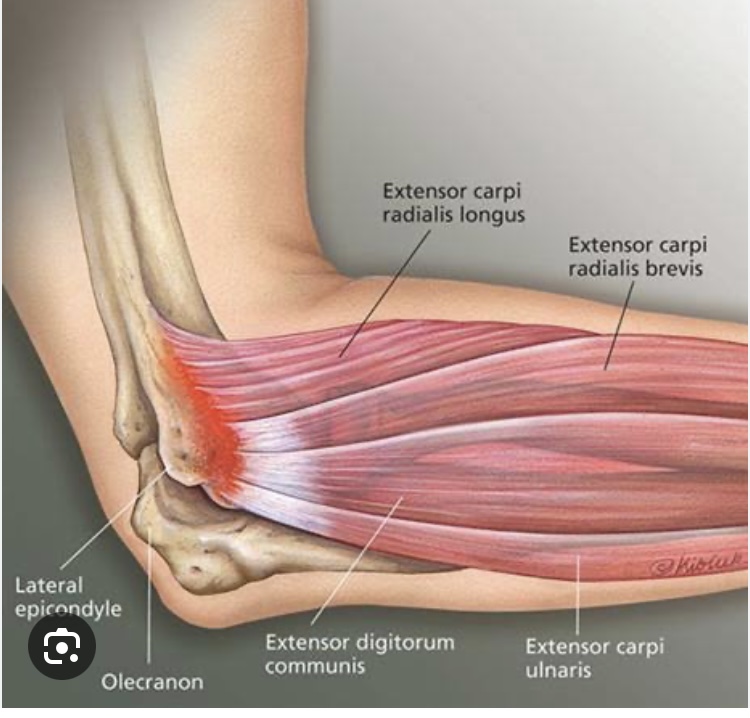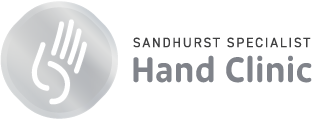With the Aussie summer approaching, so too comes events like the Australian Open Tennis. Not sure about you, but I love getting down every year to see a match or two.
Often when I’m watching I find myself putting my “therapist hat” on to analyse the biomechanics, and better understand how these athletes perform at the extreme they do.
Part of this is understanding when a top player has an injury to their upper limb, how do they recover and what sort of rehabilitation do they undergo.
Note here this unravels one of the first myths about the title “hand therapy.” We don’t just focus on the hand! Our expertise extends to treatment of the whole upper limb including wrist, elbow + shoulder.
Let me discuss an example of a top-level player who have recovered from serious injury to the upper limb.
Novak Djokovic, the long-term men’s world Number 1 has battled a right elbow injury for many years and in February 2018 was forced to undergo surgery after 6 months away from the circuit did not help.

The details of his injury are obviously confidential but with lateral elbow pain and a double handed backhand one can assume at least part of the issue he has battled is lateral epicondylosis or “tennis elbow.”
This is a painful condition of the wrist extensor muscles, particularly the ECRB. Yes, your right I did say wrist. So why does it hurt in the elbow then? These are muscles that cross two joints and take a broad tendinous origin from above the elbow joint.
Therefore, when the hand is gripping objects with the palm down (pronated) and the elbow straight (extended) – these muscles are contracting forcefully at their maximal length, which is not biomechanically efficient, hence placing the strain on the tendons at the elbow.
Try it on yourself. Put your fingers on the outside of the elbow. Turn the palm up (supinate) and bend your elbow to 90 degrees like you would if carrying a box. There is no tension under your fingers. Then, turn your palm down and straighten the elbow – you will feel the muscle tighten significantly under your fingers, especially if you squeeze a tight fist, like holding a tennis racket.
Watch this slow mo video of Novak’s double handed backhand and you will appreciate now the loading placed on his right lateral elbow every time he hits a double backhand.
We can only imagine that in his right elbow surgery he had part of the ECRB or other extensor tendons debrided or “cleaned up” to minimise the ongoing inflammatory response. Being a fan of natural remedies, he may even have had a PRP (protein rich plasma) or other type injection applied at the same time to stimulate healing (Follow this link if your interested to know more about PRP injection for tennis elbow).
The point of this story is the rehabilitation Novak had and his subsequent success. Amazingly only several months later, he had won both Wimbledon and the US Open, lifting his ranking from 22 back to number 1 by years end! The reason behind that success – dedication… and a superb rehabilitation team. Take a look at this video of Novak during his rehabilitation. Amazing hey! From that we can observe many principles of modern rehab and sports medicine applied.
Firstly, it is highly sports specific and functional to simulate exactly what his muscles need to do to. Look at the integration of core stability through his trunk and legs, and attention to posture. Our arm cannot function without a stable trunk or “core.”
We can see a long compression sleeve on his right arm to reduce recurring swelling or inflammation to the elbow. The sleeve also is likely to indicate that this rehabilitation is occurring within weeks if not days of his operation. Careful multi-disciplinary planning with the surgical team and early active movement are the keys here.
Finally, we can see his right arm not fully palm down or “pronated” and the elbow only 80% or so straight or extended. He may be attempting to integrate subtle changes to his technique to “offload” or reduce strain on the tendons. By doing this he also activates the larger overlying muscle known as Brachioradialis (BR) which is a technique called dynamic muscle stabilisation; learning how to “switch on” muscles that help protect the area by taking some load.
At Sandhurst Specialist Hand Clinic, we offer specialist and sport specific rehabilitation to injuries of the hand, wrist, elbow, and arm such as Novak’s.
We offer treatment to all patients in the Bendigo and Central Victoria region.
We can help you design a sports specific rehabilitation pathway that uses all modern rehab and sports medicine principles as outlined above.
Whether your sport is tennis, or golf, cricket, basketball, netball or anything else – we can help!
And, whether it be a longer-term niggle, a more recent “strain or sprain” or a surgery, we will work you and your medical team to devise a plan. It may not be one that takes you to number 1 in the world, but we can certainly aim high!
